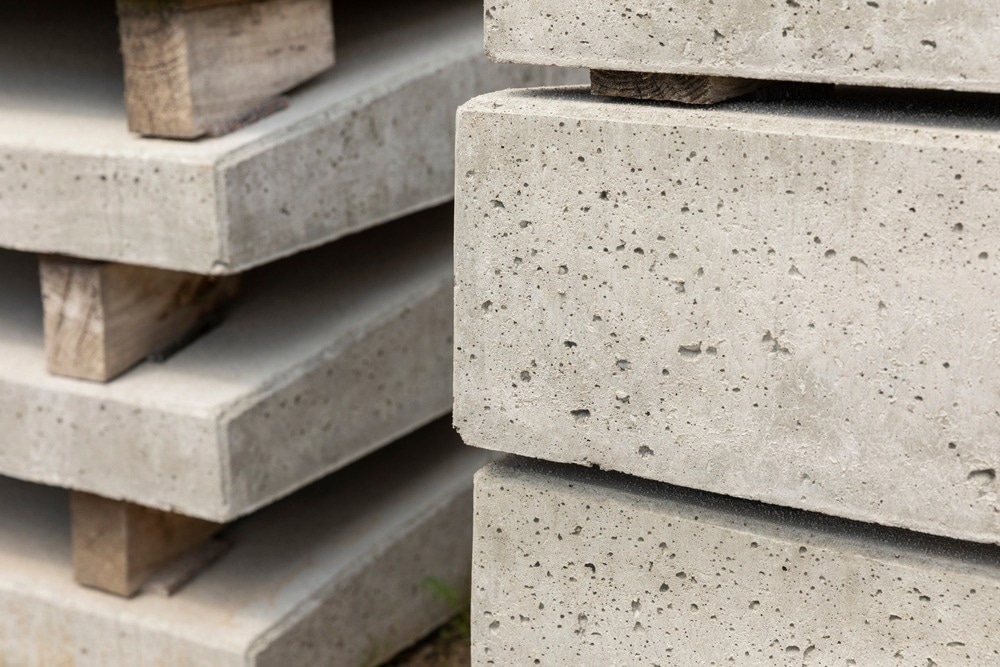When it comes to choosing the right material for various applications, cost is often a significant factor to consider. In the realm of construction and manufacturing, PVC (Polyvinyl Chloride) and uPVC (Unplasticized Polyvinyl Chloride) are two commonly used materials. Both offer unique properties and advantages, but which one is more expensive? In this article, we will delve into the world of PVC and uPVC, exploring their differences, costs, and factors that contribute to their pricing.
- Understanding PVC:
PVC, a versatile thermoplastic polymer, has been widely used in various industries due to its affordability and versatility. It is commonly used in pipes, cables, flooring, and signage. PVC is known for its excellent chemical resistance, durability, and low maintenance requirements. However, its affordability comes at a cost, as PVC is susceptible to degradation when exposed to heat and sunlight. - Exploring uPVC:
On the other hand, uPVC, also known as rigid PVC, is a modified form of PVC that offers enhanced properties. By eliminating plasticizers, uPVC becomes more rigid, durable, and resistant to weathering. This makes it an ideal choice for applications that require long-term performance, such as window frames, doors, and outdoor furniture. While uPVC may initially seem more expensive than PVC, its long-term benefits often outweigh the higher upfront costs. - Factors Influencing Pricing:
Several factors contribute to the pricing differences between PVC and uPVC. Firstly, the manufacturing process of uPVC involves additional steps to remove plasticizers, resulting in higher production costs. Secondly, uPVC's superior durability and weather resistance contribute to its higher price tag. Additionally, market demand and availability of raw materials can also impact the pricing of both materials. - Cost Considerations:
When comparing the costs of PVC and uPVC, it is crucial to consider the long-term expenses. While PVC may have a lower initial cost, its susceptibility to degradation and shorter lifespan may result in higher maintenance and replacement costs over time. On the other hand, uPVC's durability and resistance to weathering can lead to significant savings in the long run. Therefore, it is essential to evaluate the total cost of ownership rather than focusing solely on the initial price. - Making the Right Choice:
Choosing between PVC and uPVC ultimately depends on the specific application and budget constraints. For short-term projects or applications with minimal exposure to external factors, PVC may be a cost-effective option. However, for long-term projects or applications that require durability and weather resistance, investing in uPVC can provide greater value and peace of mind.
Conclusion:
In the battle of PVC vs uPVC, the choice boils down to understanding the specific requirements and weighing the costs and benefits. While PVC offers affordability and versatility, uPVC provides enhanced durability and weather resistance. By considering the long-term expenses and the nature of the application, one can make an informed decision. Remember, it's not just about the price tag but also the quality, longevity, and overall value that these materials bring to the table.


